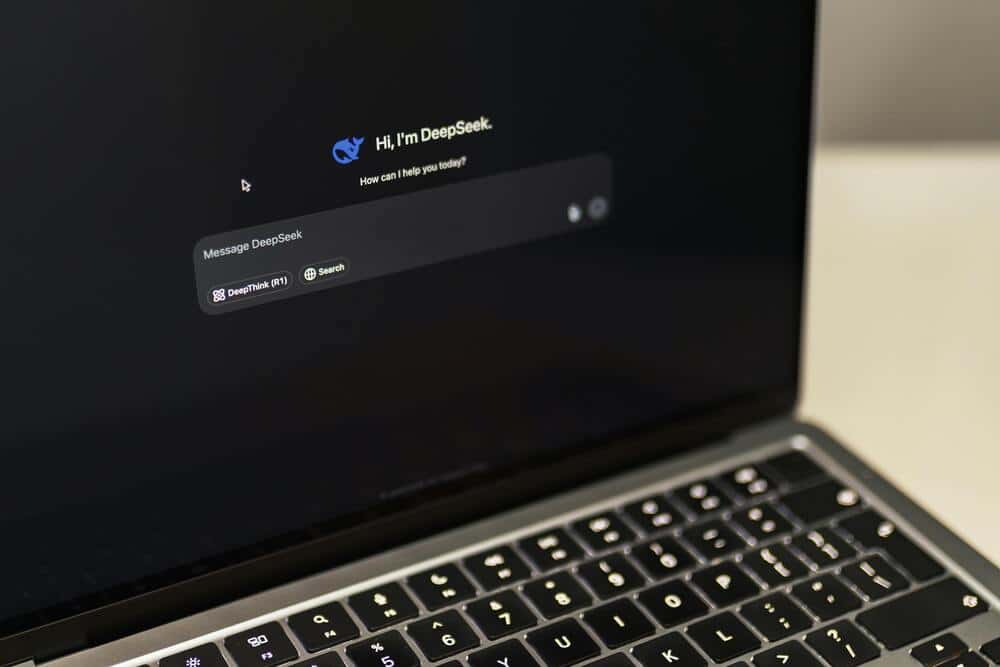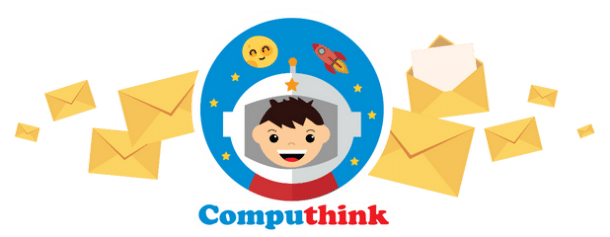
Convenience Comes at a Cost
Is this a familiar scene?
Your child asks a tough homework question, and you don’t have the answer. So you whip out ChatGPT or DeepSeek, punch in the question, and deliver the AI’s answer with a confident, “Ah, so it’s like that.” Then you both nod, mildly enlightened, and return to doomscrolling.
I’ll admit it, I have done this. And sometimes, I don’t even *gasp* cross-check the answer on Google. We know we should, but in the rush of daily life, the convenience of AI wins.
And if I, a grown-up with context and experience, am giving in to this convenience, how can I expect my child to resist?

The Real Danger: Answers Without Understanding
That’s the heart of the issue.
With a snap of a photo, your child can send a homework question to ChatGPT and get a polished answer in seconds. It’s easy. It’s fast. And it’s dangerously tempting to just copy, paste, and move on.
But when children copy AI without understanding, something essential gets lost, their ability to think critically, to problem-solve, to question and to grow intellectually.
As parents and educators in Singapore, the real question is not whether our kids should use AI. It is whether they understand what they are using… and what they’re submitting.
Here’s what I believe we must guard against:
1. Teach Them to “Verify, Then Trust”
There’s an old saying in cybersecurity: “Trust, but verify.” In today’s AI-driven world, that mindset needs flipping. It should be “Verify, then trust.”
Our children are growing up in an environment where AI can produce fake news, deepfakes, and highly convincing scams. They must understand that Generative AI is not always truthful. In fact, it can often hallucinate, making up facts, sounding confident, and even agreeing with incorrect assumptions just to sound helpful.
That’s why students should never take AI answers at face value. They need to ask themselves: Is the information accurate? Are the sources real and verifiable? Is there any hidden bias in how the question was asked?
The Ministry of Education and international educators have warned that unchecked AI use may “propagate misinformation.” A real case from Singapore illustrates this risk. Several NTU students were investigated for submitting AI-generated citations that were completely fabricated. The AI made them up, and the students did not verify the sources. This kind of usage not only misleads but undermines the purpose of learning. (Source: CNA article on AI misuse in universities)
As educators, we must also respond quickly. The landscape has changed. It is time to rethink how we assess understanding and find more meaningful ways to evaluate our students’ learning.
The bottom line: AI is not a source of truth. It is a tool — one that still requires careful human judgement.

2. Young Children Need Supervision When Using AI
Now here’s the hard part: “Verify then trust” is a big concept, and our tweens may not even see why it’s important. To them, AI is just the way forward. Why would you question it?
But younger kids don’t yet have the maturity or cognitive foundation to use AI safely on their own. They are still building their reasoning skills. Without guidance, they will likely take whatever the AI says at face value, whether it is fact, fiction, or biased nonsense.
Worse, they may unknowingly share private details with a tool that feels human, but which is not. ChatGPT has a minimum age of 13 with parental consent, yet many kids are experimenting with it freely. A study from UNESCO warns strongly that today’s AI tools offer “no guarantee of data privacy.”
That’s why I believe AI should never fully replace human teaching at the primary and lower secondary level. Our role as parents and teachers is to provide the guardrails, to help our children grow into critical users of technology, not passive consumers.
3. Don’t Let AI Replace the Hard Work of Thinking
I often tell my students: nothing of value comes easy. If you find learning to code hard, that is actually a good thing. Struggle is at the heart of learning. It’s through trying, failing, rethinking, and eventually figuring things out that resilience and mastery are built.
But when students rely on AI to write essays, solve math problems, or generate creative ideas without understanding the how or why, they’re short-circuiting the most valuable part of learning.
Professors at NUS have said it plainly: using AI too early is like “cheating your future self.” The work may look polished, but there’s no depth, no ownership, and no lasting understanding.
Singapore’s AI-in-education guidelines echo this concern. Originality, unaided work, and authentic student voice still matter. Studies from UNESCO goes a step further, calling for “no-AI zones” in assessments to protect and strengthen students’ ability to think independently.
Because once students get used to letting AI do the thinking, it becomes much harder for them to think for themselves.

Are We Raising Thinkers — or Shortcut Takers?
AI is not the enemy. It is a powerful tool. But like any tool, it can be misused.
When children copy AI without understanding, we lose more than grades, we lose the opportunity to build resilient, thinking, and independent learners.
So here’s the question I leave with you:
What happens when your child cannot explain the answer they just submitted for their assignment?
This article is not about banning AI. It is about guiding its use and teaching our children to pause, question, reflect, and to think beyond the screen.
At Computhink Kids SG, that’s our mission. We don’t just teach tech. We nurture confident, creative, and curious thinkers. Whether it’s coding in Scratch or preparing for the O-Level and A-Level Computing exams, we emphasise skills no AI can replace: resilience, critical thinking, real understanding and problem-solving skills.
Ready to future-proof your child’s education?
Explore our programmes today.
References
- Ministry of Education, Singapore. “AI in Education Ethics Framework.” Learning@MOE. Accessed July 24, 2025. https://www.learning.moe.edu.sg/ai-in-sls/responsible-ai/ai-in-education-ethics-framework/.
- National University of Singapore, Centre for Teaching, Learning and Technology. Policy for Use of AI in Teaching and Learning. August 2024. https://ctlt.nus.edu.sg/wp-content/uploads/2024/08/Policy-for-Use-of-AI-in-Teaching-and-Learning.pdf.
- UNESCO. “How Generative AI Is Reshaping Education in Asia-Pacific.” Accessed July 24, 2025. https://www.unesco.org/en/articles/how-generative-ai-reshaping-education-asia-pacific.
- UNESCO. “Guidance on Generative AI in Education and Research.” Accessed July 24, 2025. https://www.unesco.org/en/articles/guidance-generative-ai-education-and-research.
- UNESCO. “UNESCO: Governments Must Quickly Regulate Generative AI in Schools.” Accessed July 24, 2025. https://www.unesco.org/en/articles/unesco-governments-must-quickly-regulate-generative-ai-schools?hub=83250.
- Channel News Asia. “NUS, NTU Students Investigated for AI Misuse in Assignments.” Last modified April 18, 2024. https://www.channelnewsasia.com/singapore/nus-ntu-ai-cheating-plagiarism-misuse-university-5220781.
- UNESCO. Guidance for Generative AI in Education and Research. Paris: UNESCO, 2023. https://unesdoc.unesco.org/ark:/48223/pf0000386693.
